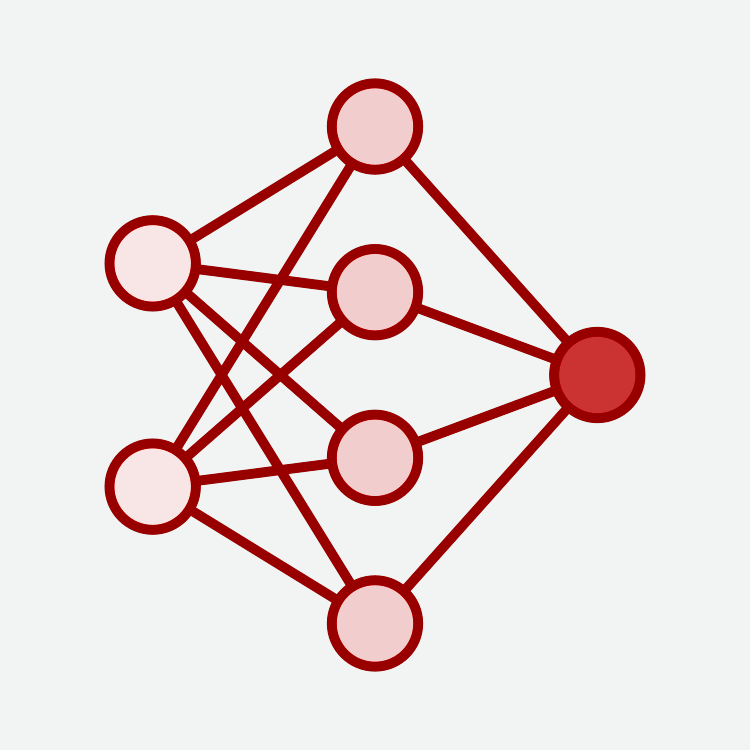Machine Learning and Artificial Intelligence at the Center for High Performance Computing
The Center for High Performance Computing (CHPC) broadly supports computational research at the University of Utah. Our vision is to support the ever-increasing—and increasingly diverse—research computing and data needs of researchers. To this end, we offer computational resources, data storage and transfer services, virtual machines, resources for the analysis of protected health information, and advanced training and user support. We also support hardware and software for machine learning and artificial intelligence applications, which are increasingly relevant to researchers from every discipline and level of experience in computational research. Whether you're studying the structure and function of proteins, analyzing patterns in the formation of sea ice, or examining speech patterns in audio recordings, the CHPC is here to help.

Software for machine learning
The CHPC provides researchers with a number of common machine learning tools, including TensorFlow, Keras, PyTorch, Jax, and scikit-learn through our "deeplearning" module. This bundle of common software provides a quick and easy method for researchers to explore machine learning—no software installation necessary. Additionally, researchers can install their own Python packages if they need access to other software. We also provide popular large language models and tools for researchers to use.
Researchers can also access the deeplearning module and other CHPC resources through the Open OnDemand web interface to quickly gain access to CHPC's high-performance computing systems with the familiar interface of a Jupyter notebook.

GPUs
In addition to tens of thousands of CPU cores, the CHPC's high-performance computing clusters also include GPU servers, which can greatly improve training times and throughput for large machine learning applications. Additional information on GPU resources, including instructions for access, can be found on our GPU documentation.
The Responsible AI (RAI) initiative owns GPU nodes, both in the general environment (Granite cluster) and protected environment (Redwood cluster). To request access to the RAI GPU nodes, send a message to helpdesk@chpc.utah.edu.

Data storage and transfer
Machine learning and artificial intelligence are data-intensive by nature. Large data sets are right at home at the CHPC; we currently manage petabytes of research data and offer storage solutions—including options with backups—to researchers by the terabyte.
The RAI initiative owns high speeed storage in both the general and protected environment. To request access to the RAI storage, send a message to helpdesk@chpc.utah.edu.
There are several options for moving data to and from CHPC resources. Our dedicated Data Transfer Nodes (DTNs) have been optimized to enable low-latency and high-speed data transfers, enabling researchers to transfer, manage, and access their data with zero delays in their research.

User support and training
We are always here to help. The User Services team offers a series of presentations each semester to help researchers get started with CHPC resources. Presentations generally do not require registration and there is no cost to attend. We provide additional information, including the process for getting a CHPC account, on the Getting Started Guide.
| The Center for High Performance Computing hosts virtual office hours with its research computing facilitators at 1:00 p.m. MT most Fridays. Please see the events page for details. You are also welcome to reach out to helpdesk@chpc.utah.edu for assistance. |
If you have any questions, please don't hesitate to reach out at helpdesk@chpc.utah.edu.
